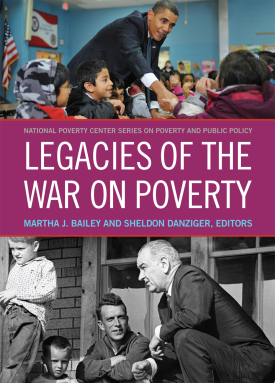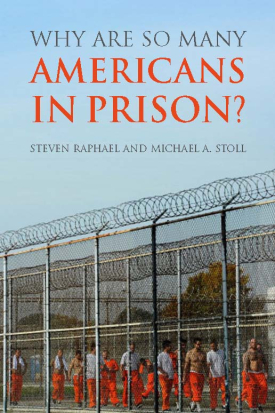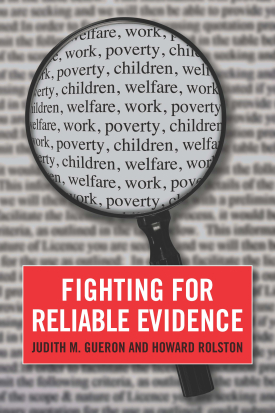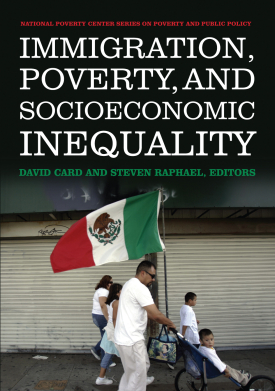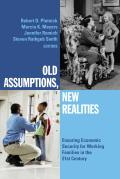
What Works for Workers?
About This Book
The majority of new jobs created in the United States today are low-wage jobs, and a fourth of the labor force earns no more than poverty-level wages. Policymakers and citizens alike agree that declining real wages and constrained spending among such a large segment of workers imperil economic prosperity and living standards for all Americans. Though many policies to assist low-wage workers have been proposed, there is little agreement across the political spectrum about which policies actually reduce poverty and raise income among the working poor. What Works for Workers provides a comprehensive analysis of policy measures designed to address the widening income gap in the United States.
Featuring contributions from an eminent group of social scientists, What Works for Workers evaluates the most high-profile strategies for poverty reduction, including innovative “living wage” ordinances, education programs for African American youth, and better regulation of labor laws pertaining to immigrants. The contributors delve into an extensive body of scholarship on low-wage work to reveal a number of surprising findings. Richard Freeman suggests that labor unions, long assumed to be moribund, have a fighting chance to reclaim their historic redistributive role if they move beyond traditional collective bargaining and establish new ties with other community actors. John Schmitt predicts that the Affordable Care Act will substantially increase insurance coverage for low-wage workers, 38 percent of whom currently lack any kind of health insurance.
Other contributors explore the shortcomings of popular solutions: Stephanie Luce shows that while living wage ordinances rarely lead to job losses, they have not yet covered most low-wage workers. And Jennifer Gordon corrects the notion that a path to legalization alone will fix the plight of immigrant workers. Without energetic regulatory enforcement, she argues, legalization may have limited impact on the exploitation of undocumented workers. Ruth Milkman and Eileen Appelbaum conclude with an analysis of California’s paid family leave program, a policy designed to benefit the working poor, who have few resources that allow them to take time off work to care for children or ill family members. Despite initial opposition, the paid leave program proved more acceptable than expected among employers and provided a much-needed system of wage replacement for low-income workers. In the wake of its success, the initiative has emerged as a useful blueprint for paid leave programs in other states.
Alleviating the low-wage crisis will require a comprehensive set of programs rather than piecemeal interventions. With its rigorous analysis of what works and what doesn’t, What Works for Workers points the way toward effective reform. For social scientists, policymakers, and activists grappling with the practical realities of low-wage work, this book provides a valuable guide for narrowing the gap separating rich and poor.
STEPHANIE LUCE is associate professor of labor studies at the Murphy Institute, CUNY School for Professional Studies.
JENNIFER LUFF is lecturer in the department of history, Durham University, U.K.
JOSEPH A. McCARTIN is professor of history at Georgetown University.
RUTH MILKMAN is professor of sociology at the CUNY Graduate Center.
CONTRIBUTORS: Eileen Appelbaum, Peter B. Edelman, Richard B. Freeman, Jennifer Gordon, Sarah Hamersma, Harry J. Holzer, Stephanie Luce, Jennifer Luff, Joseph McCartin, Ruth Milkman, Alice O’Connor, John Schmitt, Paul Osterman, David Weil, Jeffrey B. Wenger


